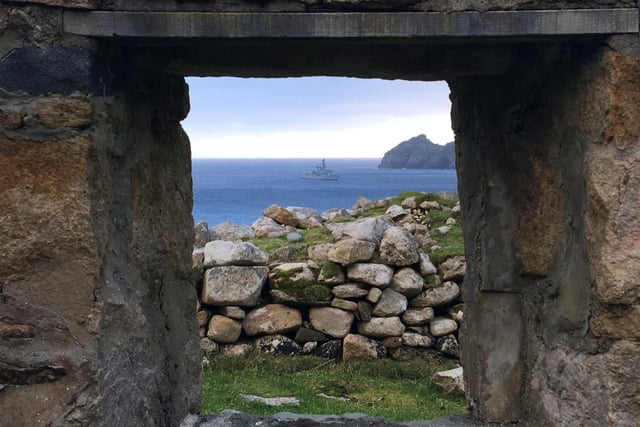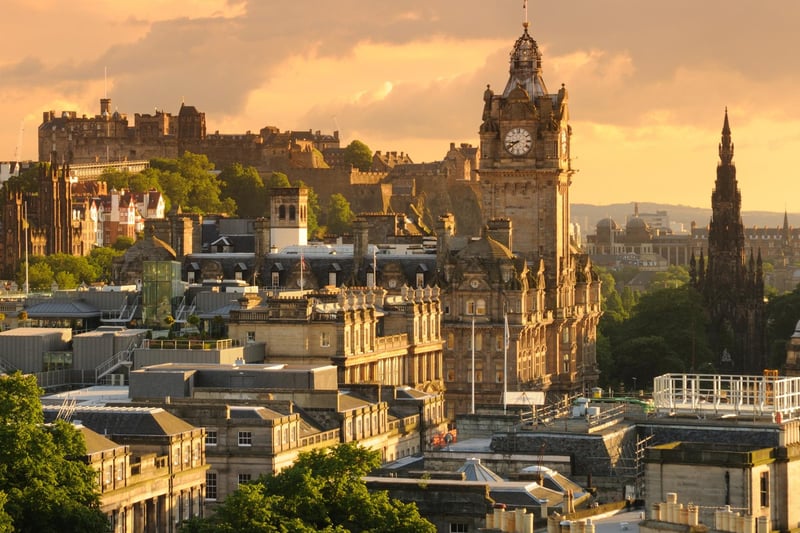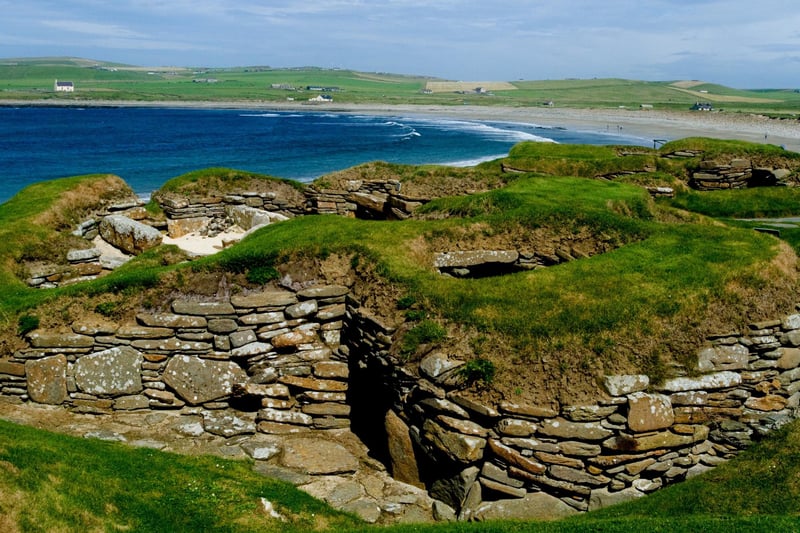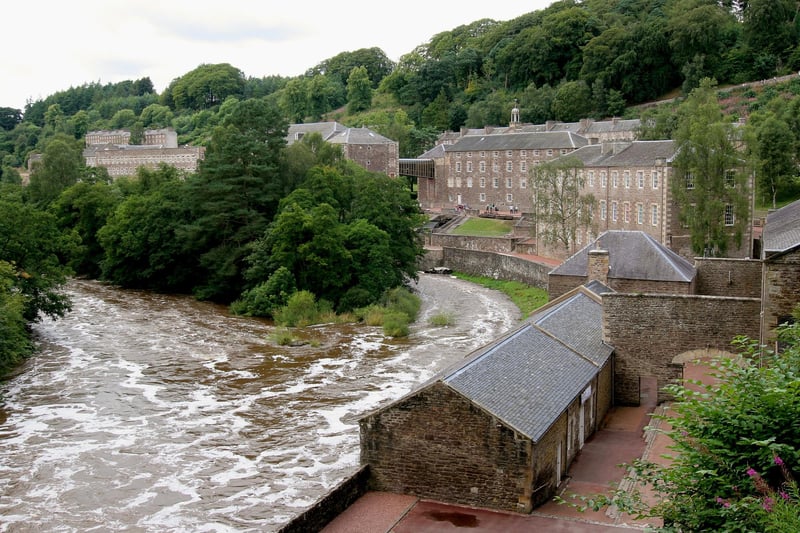As Historic Environment Scotland tells us: “World Heritage Sites are cultural and/or natural sites of ‘Outstanding Universal Value’, which are important across countries and generations.”
Around the globe, some famous examples are the Taj Mahal, Galápagos Islands, or the Great Wall of China, but Scotland - despite being a much smaller country - still sits proudly on this distinguished list.
Scotland regularly features in famous films and TV shows due to its breathtaking natural beauty and dramatic scenery, this is why it even featured on National Geographic’s ‘Best of the World 2023’ list recently.
To discover the most revered Scottish locations, here are the 6 UNESCO World Heritage Sites of Scotland and where you can find them.

1. St Kilda
St Kilda became a UNESCO World Heritage site in 1986 and it is seen as ‘the most remote island in the British Isles’, even known as the ‘islands at the edge of the world’. A solemn yet fascinating location, it lies roughly 41 miles west of Benbecula in the Outer Hebrides, and is considered difficult to reach due to its position surrounded by the crashing waves of the Atlantic Ocean. While it hosts the largest colony of Atlantic Puffins in the UK, it is also known as the former home of Gaelic-speaking islanders for thousands of years before their way of life became unsustainable in 1930, it has since rested chillingly uninhabited. Photo: via WikiCommons

2. Edinburgh Old Town and New Town
The Old and New Towns of Edinburgh, the historic capital of Scotland, gained UNESCO World Heritage status in 1996. The Old Town has retained its medieval street plan and boasts many of the city’s most famous landmarks like Edinburgh Castle or St Giles’ Cathedral (founded in the 12th century) which is where her majesty, Queen Elizabeth II, lay at rest in Scotland before being taken to England. The contrast between the Old Town with its narrow passages and the 18th century Georgian-style New Town is what gives Edinburgh its unique character. Photo: ChrisHepburn via Canva Pro

3. The Heart of Neolithic Orkney
The Isle of Orkney was recognised as a UNESCO World Heritage site in 1999. The group of islands is deeply connected to Nordic culture via its ancestral ties, and it hosts some of the most breathtaking Neolithic monuments in all of Western Europe. Of the many monuments, Skara Brae is considered the most famous by many and has been affectionately called the ‘Scottish Pompeii’ as the village captures history even more ancient than the Great Pyramids. Researchers claim the monuments found there were created by prehistoric people living on the Orkney Islands around 5,000 years ago. Photo: Jule_Berlin via Canva Pro

4. New Lanark
New Lanark Mill became a UNESCO World Heritage site in 2001. It is a unique 18th-century cotton mill which is powered by water wheels; it operated between 1786 and 1968. Founded in 1785 by David Dale, it represents over 200 years of social history as the mill, located on the River Clyde where it could take advantage of the water supply, housed many generations of mill workers and it was considered one of the largest industrial groups in the world during the 19th century. Unlike many other businesses, the mill owners offered good living conditions to their workers and thus the heritage site enshrines their humanism. Photo: ChrisCrafter via Canva Pro
